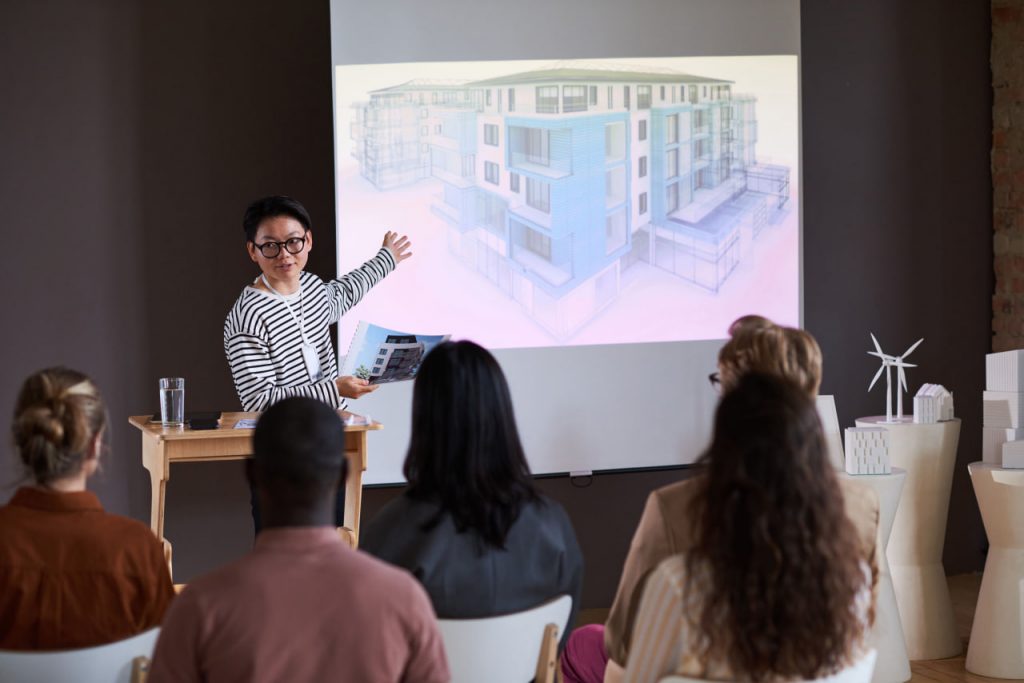Architectural sketching isn’t only for artists — it’s an invaluable practice for designers, planners, and anyone who works with space. By drawing what you see, you train your mind to think critically about how structures are built, how they function, and how they relate to their environment.
Drawing as a Form of Analysis
When you sketch a building, you don’t just record its appearance — you examine its proportions, its material logic, and its structural decisions. You begin to notice where form follows function, or where ornament breaks from rhythm. A sketch becomes both an aesthetic and analytical exercise.
Understanding Space Through Lines
Unlike computer modeling, hand sketching forces you to simplify — to identify only the most important elements. This process strengthens your ability to see the “big picture” of a space while retaining its character. Architects often say that the hand “thinks” before the head does — sketching activates that process.
Benefits for Designers and Creators:
- Improved spatial reasoning
- Stronger grasp of scale and proportion
- More intuitive design decision-making
- Better visual communication with clients or collaborators
Developing Your Visual Memory
The act of drawing from life trains your brain to retain spatial details. Over time, you’ll begin to visualize buildings more clearly, imagine compositions more confidently, and draw from memory with greater precision — a valuable asset in any creative profession.
From Observation to Innovation
Sketching helps you learn from what exists — and reimagine what could be. By engaging directly with real-world structures, you build a visual vocabulary you can draw from when designing your own ideas.
In short, sketching doesn’t just help you see — it helps you think. With each page, you sharpen your design instincts and deepen your understanding of the built world.

